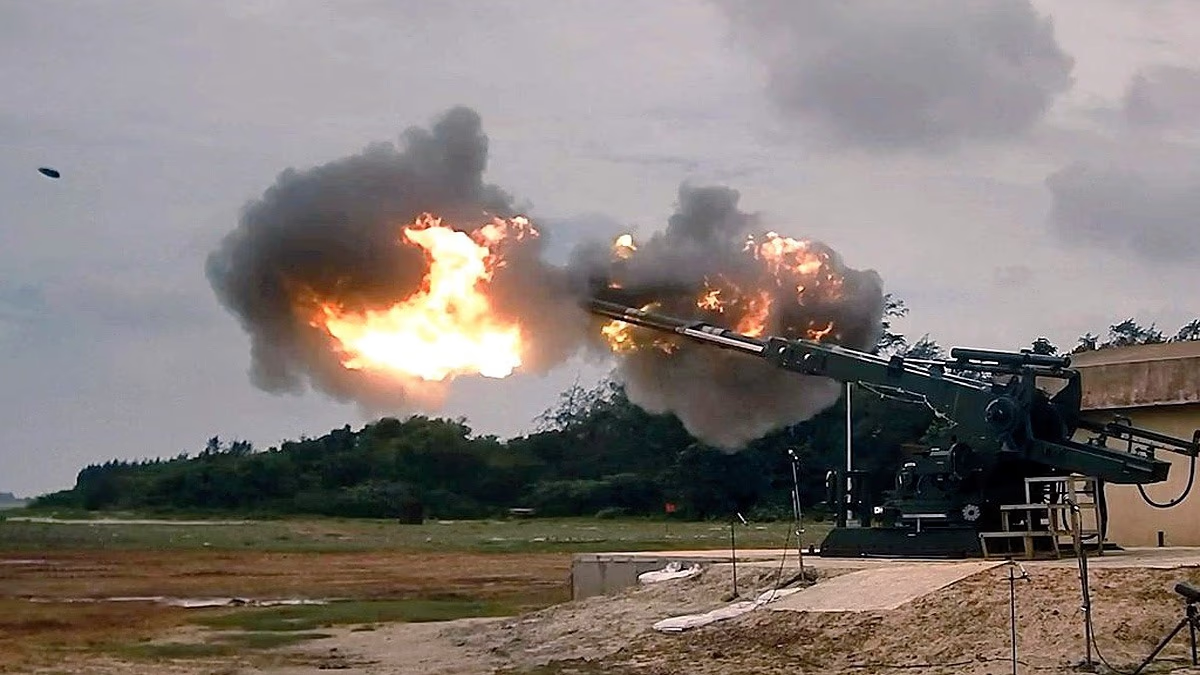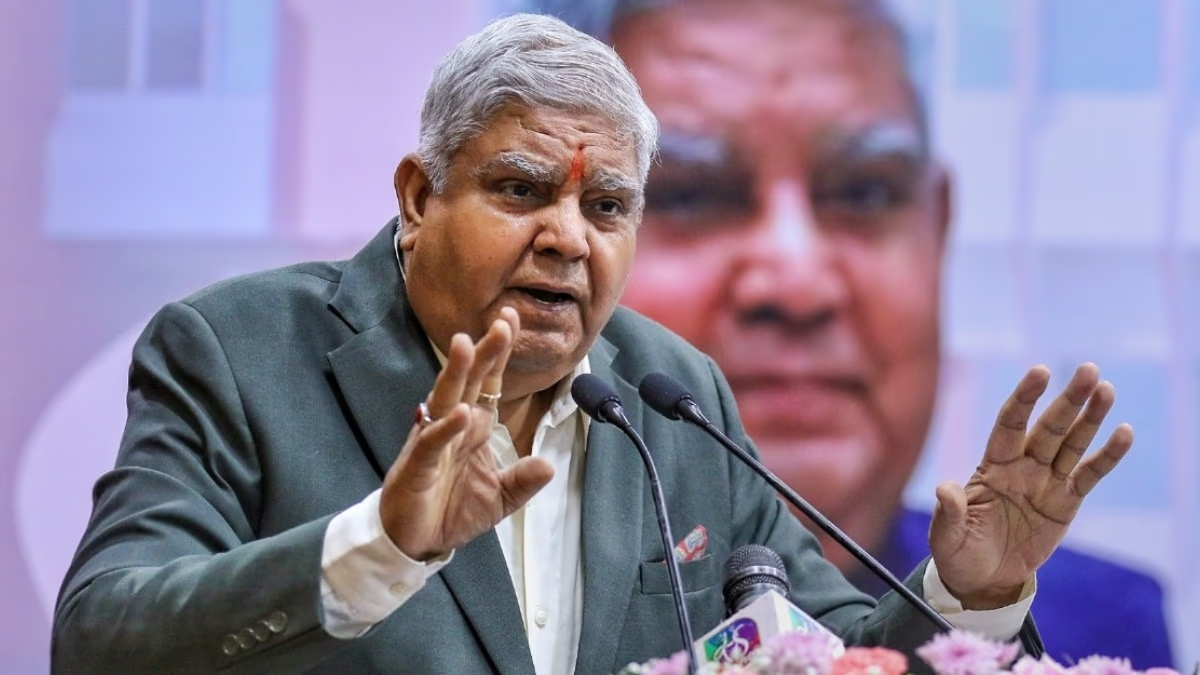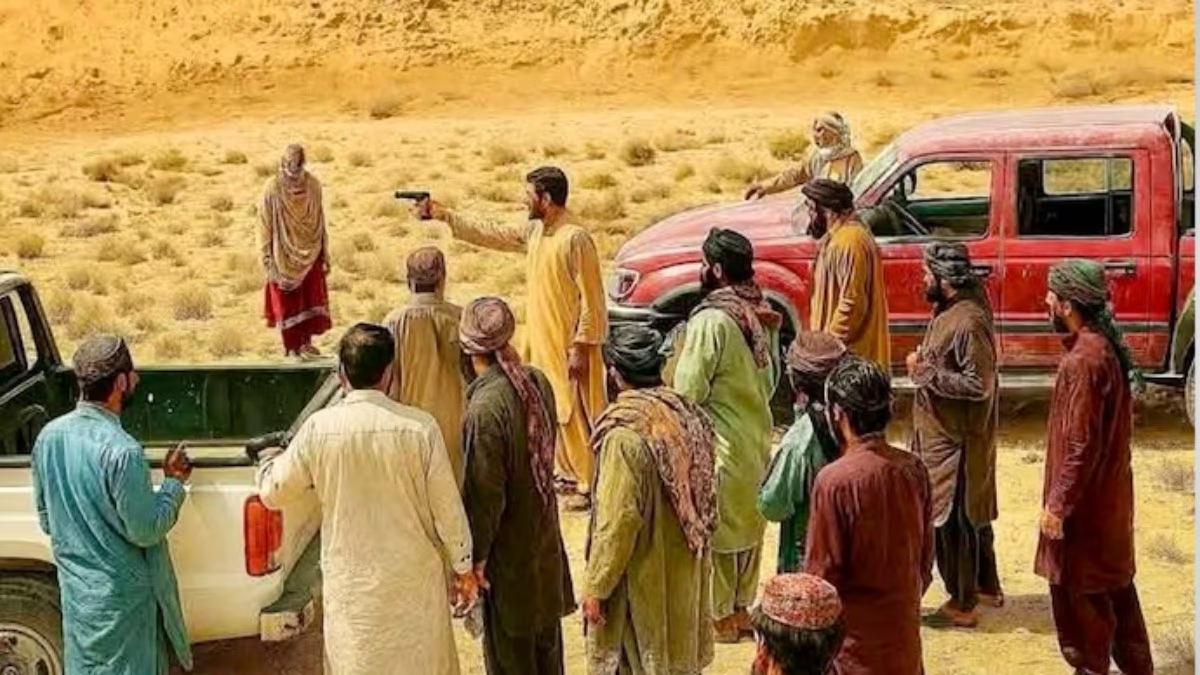India commands one of the largest militaries in the world, yet for a long time relied on foreign suppliers for its weapons and defense systems. Under initiatives like 'Aatmanirbhar Bharat' and 'Make in India', the nation is swiftly advancing towards self-reliance in the defense sector.
This signifies an effort to domestically develop our missiles, aircraft, and even the minutest components. But the pertinent question remains: how far has this self-reliance journey unfolded? Which weapons and components are no longer imported?
A Glimpse at Indigenization Progress
Once, India's defense sector depended 60-70% on foreign arms. According to the Stockholm International Peace Research Institute's report from 2014-18, India was the second-largest arms importer, accounting for 9.5% of global imports.
In recent years, changes are apparent. As per the Ministry of Defense data...
Import rates dropped from 41.8% in 2018-19 to 36% in 2020-21.
By 2023-24, 75% of the defense capital budget was earmarked for indigenous acquisitions.
From 2016-20, India's global arms imports decreased by 11% compared to 2013-17.
The Self-Reliance Index (SRI) aimed to elevate domestic procurement from 30% in 1992 to 70% by 2005, now standing close to 65%.
The Ministry of Defense, through the Positive Indigenization List (PIL), aims to localize over 4,666 items, including missiles, radars, and parts. Already, 2,736 items worth 2,570 crore INR have been indigenized.
Two additional lists with 101 and 108 items were developed to prohibit imports until 2027. By 2023-24, India's defense output reached 1,087 billion INR (13.5 billion USD). Exports surged to 21,083 crore INR, a stark rise from 686 crore INR in 2013-14, with an aim to hit the 50,000 crore INR mark by 2028-29.
Weapons and Components No Longer Imported
India's successful indigenization involves major weapons, missiles, and components, executed by the DRDO (Defense Research and Development Organisation), DPSUs (Defense Public Sector Undertakings), and private entities like Tata, L&T, and Bharat Forge. Some key ones include...
1. Missile Systems
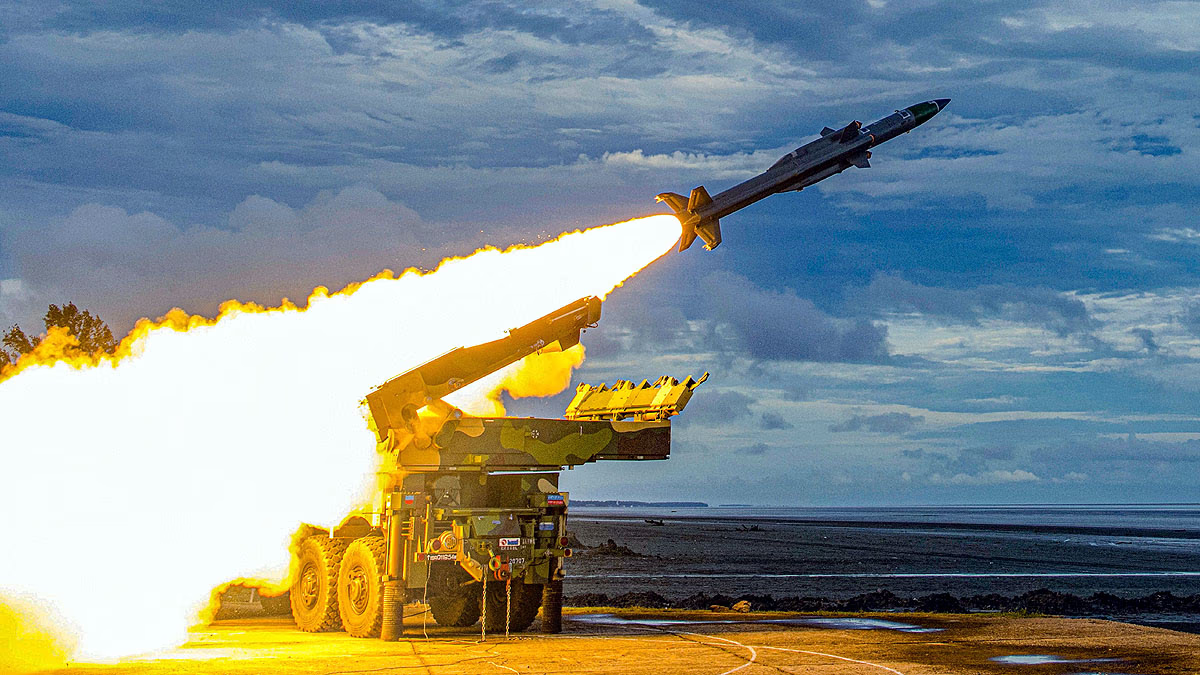
Source: aajtak
Akash Missile System: An air-defense missile that can destroy enemy aircraft within 25-30 km, over 60% indigenized.
BrahMos Supersonic Cruise Missile: A product of India-Russia collaboration, now predominantly manufactured in India and exported to Myanmar, Vietnam, and the Philippines.
Nag Anti-Tank Missile: Indigenous design and production for tank destruction.
Pinaka Multi-Barrel Rocket Launcher: Ranging 40-90 km, exported to Armenia for $250 million.
Agni Series (1,2,3,4,5): Long-range ballistic missiles that are entirely indigenous.
Rudra-M-II Missile: An air-to-ground missile, tested in 2024.
2. Aircraft and Helicopters
Light Combat Aircraft (LCA) Tejas
: A native fighter jet of the Indian Air Force, crafted by HAL (Hindustan Aeronautics Limited), with 60% indigenous parts, though its GE F404 engine is sourced from the US. DRDO is currently developing the Kaveri engine.
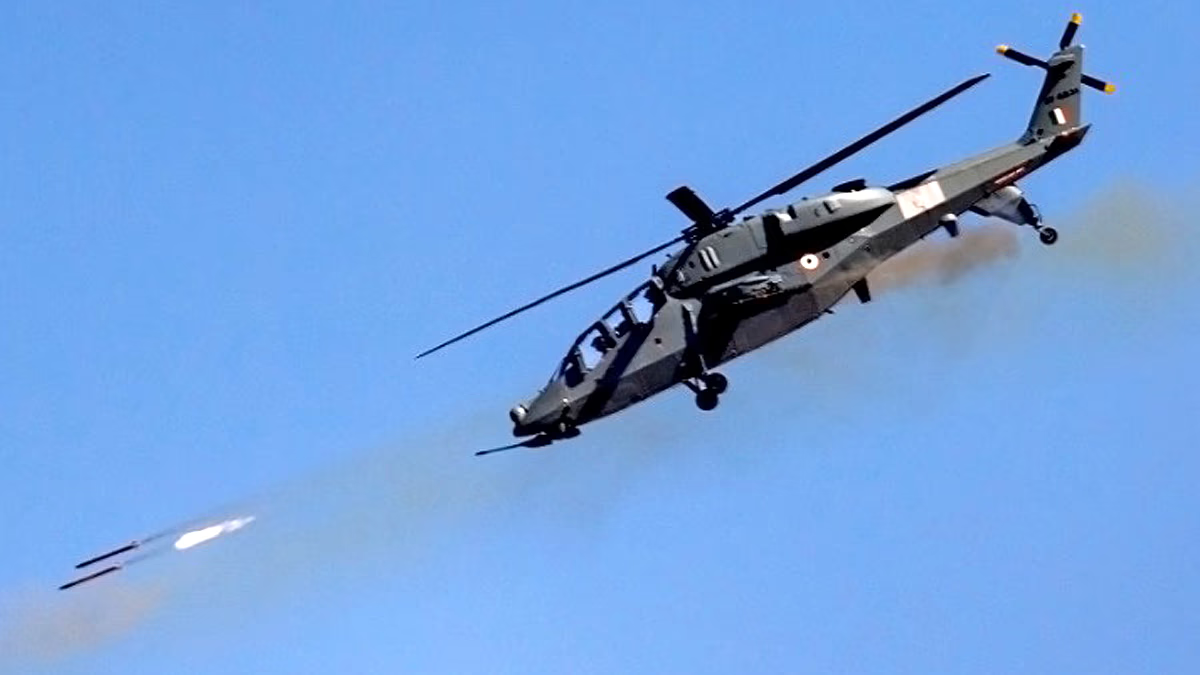
Source: aajtak
ALH Dhruv:
A multirole helicopter for surveillance, rescue, and transport, exported to Ecuador.
LCH Prachand:
A native chopper for high-altitude reconnaissance and assault in places like Ladakh.
Rudra:
An armed version of the Dhruv, targeting tanks and enemy posts.
3. Naval Equipment
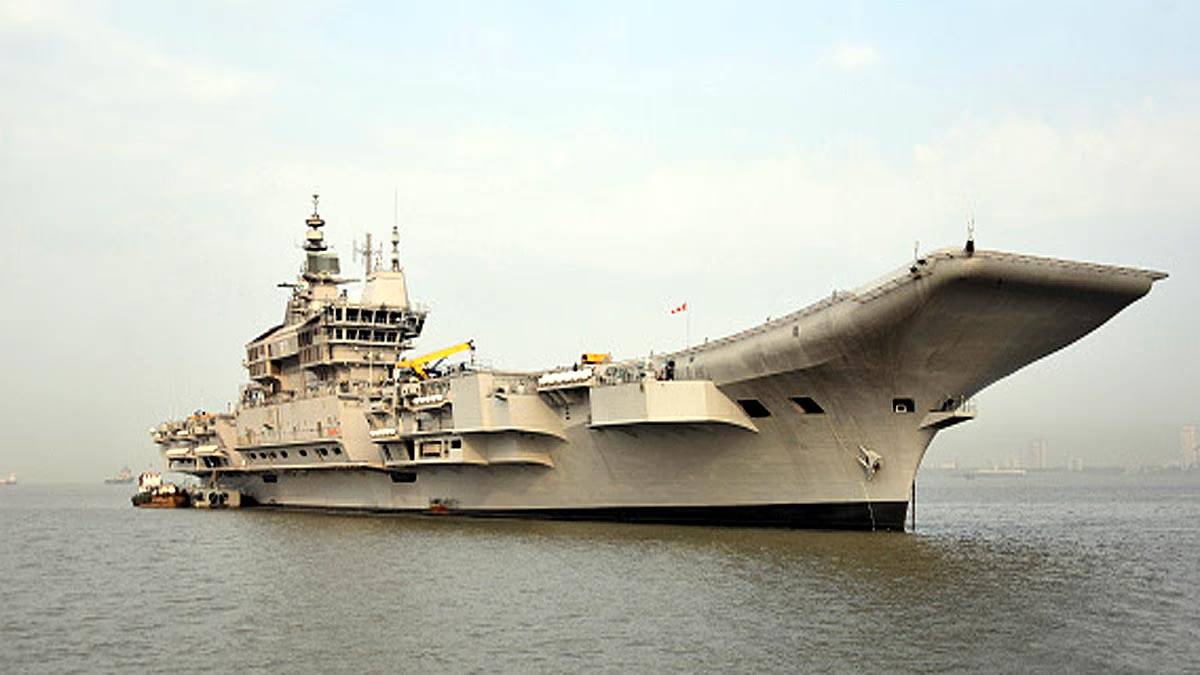
Source: aajtak
INS Vikrant: India's first indigenous aircraft carrier, crafted by Cochin Shipyard Limited (CSL) with 80% local components.
Varunastra Torpedo: A torpedo to incapacitate submarines, developed by DRDO.
Mareech and Ushus: anti-torpedo and sonar systems for the navy, fully indigenous.
TAL Shyena Torpedo: A light torpedo exported to Myanmar and Vietnam.
NISTAR: The navy's first indigenous diving support vessel with 80% local materials.
4. Tanks and Artillery
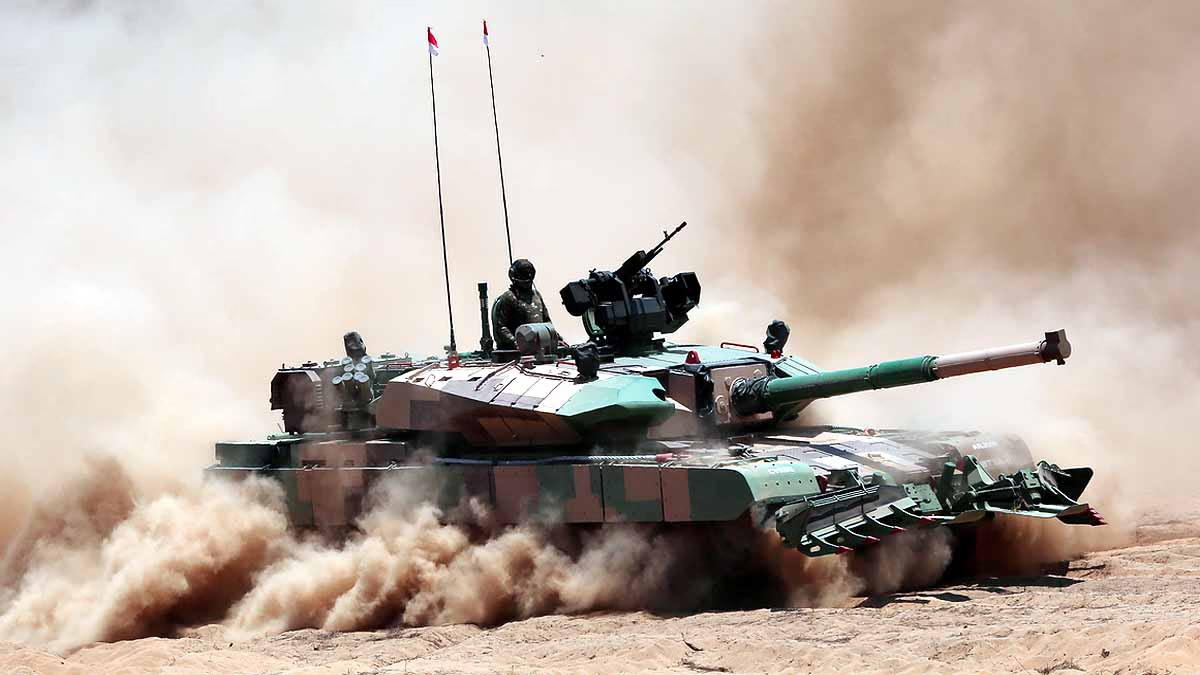
Source: aajtak
Arjun MBT Mk1A:
An indigenous main battle tank, designed by DRDO with a greater local component ratio.
ATAGS (Advanced Towed Artillery Gun System):
A 155mm artillery piece, with a 2025 order worth 7,000 crore INR.
46-Meter Modular Bridge:
A fully indigenous military bridge.
155mm Artillery Shells:
Bharat Forge supplied 40,000 and 50,000 shells to the UAE.
5. Radar and Electronics
Central Acquisition Radar (CAR): A radar system to track enemy aircraft.
Weapon Locating Radar (WLR): Finds enemy artillery positions.
LLTR Ashwin: A low-level tracking radar for low-altitude targets.
AEW&C (Airborne Early Warning and Control): Systems for intelligence and surveillance.
6. Small Components and Supplies
Aircraft Paint:
Previously imported, now domestically produced.
Cargo Nets and Helicopter Slings:
Nets and ropes for cargo transportation on helicopters.
Parachutes, Explosives, and Fabrics:
Military clothing and parachutes exported to over 30 countries.
2,500 Small Parts:
Parts listed in the first PIL's Annexure-A, including screws, bolts, and electronic components.
7. Drones and AI
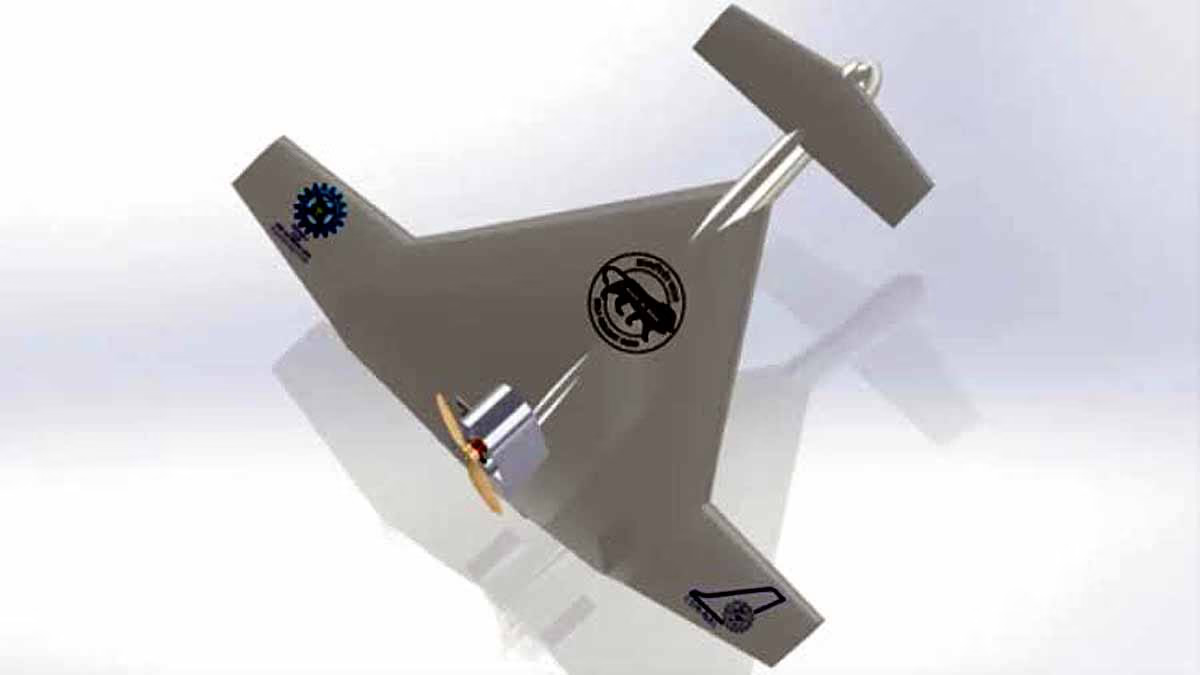
Source: aajtak
AI-Powered Drones:
Used in Operation Sindhur, designed and manufactured in India.
Sky Striker Drone:
Developed in collaboration with Israel.
How Was This Indigenization Achieved?
India has undertaken several measures to bolster indigenization...
Positive Indigenization List (PIL): With five lists of 4,666 items to be sourced solely from domestic firms.
Negative List: Ban on importing 310 equipment, like helicopters and drones, until 2027.
DAP 2020: Prioritizes 'Buy (Indian-IDDM)' in Defense Acquisition Procedures to boost native design and production.
SRIJAN Portal: Lists 19,509 items to be indigenized that were previously imported.
Private Sector Participation: Major contracts awarded to Tata, L&T, Bharat Forge, and MSMEs.
FDI Liberalization: Up to 74% FDI via automatic route, 100% with government approval in defense.
R&D Promotion: iDEX and TDF schemes to fund startups and MSMEs, with 2025 allocations for TDF (60 crore INR) and iDEX Prime (10 crore INR).
Challenges Ahead
Despite progress, challenges persist...
Weak R&D:
Limited investment in advanced technologies like AI and hypersonic missiles.
Limited Private Sector Role:
DPSUs still control 70% of production.
Import Dependency:
Major components like the GE F404 engine for Tejas and the engine for Apache still rely on imports.
SIPRI's Criticism:
India fell out of the top 25 arms exporters from 2018-22 due to production and technology gaps.
Export Success
India is not only producing arms for itself but also exporting to over 30 countries. Some examples include...
Pinaka rockets and anti-tank munitions to Armenia ($250 million).
155mm artillery shells to the UAE ($38 million).
ALH Dhruv to Ecuador.
BrahMos to Myanmar, Vietnam, and the Philippines.
Parachutes, fabrics, and explosives to Thailand, Malaysia, Sri Lanka, and Israel.
What's Next?
By 2025: Aiming for $5 billion in exports, targeting a leap from 21,083 crore to 50,000 crore INR.
Kaveri Engine: Developing an indigenous engine for Tejas to further reduce imports.
Defense Corridors: Established in Uttar Pradesh and Tamil Nadu to amplify production.
AI and Drones: Advancing efforts in AI-powered drones and hypersonic technologies.
For a self-reliant India, further bolstering of R&D, private sectors, and MSMEs is essential. If the momentum continues, India could soon be a global leader in defense, empowering not only its army but also showcasing its prowess to the world.
